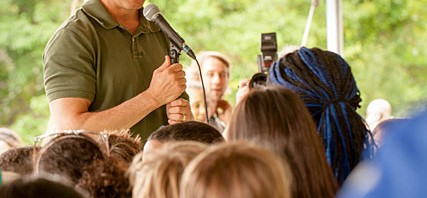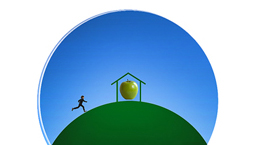Category: Blog
-

Systems Thinking in Schools
Peter Senge talks about how children can use systems thinking to understand and solve conflicts. Senge believes that systems thinking can help solve social and environmental problems.
-

-
The Other Bombardment of Baltimore
A recent study from MIT estimates that pollution from coal fired power plants kill 1885 people a year in Maryland. In Baltimore, the study estimates that we dig 475 early graves each year for those who succumb to pollution from coal plants. Oh, say, the number of Americans killed during the Battle of Baltimore? 28.…
-

The Value of Nature
It means we have to share with nature. We can’t catch all the oysters for us. We can’t catch all the menhaden for us. We have to share–and that sharing doesn’t come easy. It’s not just kids that have trouble sharing,” -Tom Horton.
-

Seeding Oysters (and hope) into the Baltimore Inner Harbor.
Seeding Oysters (and hope) into the Baltimore Inner Harbor Click on the photo to watch the video.
-

Making Seed Balls at the Green School Summit
Demonstration on how to make a seed ball. Click on the photo to watch the video.
-

Chorus for the Chesapeake, Governor O’Malley sings with students at Green Schools Summit.
Chorus for the Chesapeake Gov. O’Malley sings with students at the Green Schools Summit. Click on the photo to watch the video.
-

Gov. O’Malley asks students to remind adults to love the world
Gov. O’Malley asks students to remind adults to love our world. Click on the photo to watch the video.
-

Citizen 2.0: How Citizen Science is Reinventing Learning and Empowering Citizens.
The printing press. Democracy. The internet. Citizen Science. Each of these educates, connects and empowers people. They are extensions of our hunger to learn, share information and create solutions. Opening science to more people creates a virtuous cycle that strengthens science and empowers citizens. Citizen observations greatly expand the data base for scientific studies. In…
